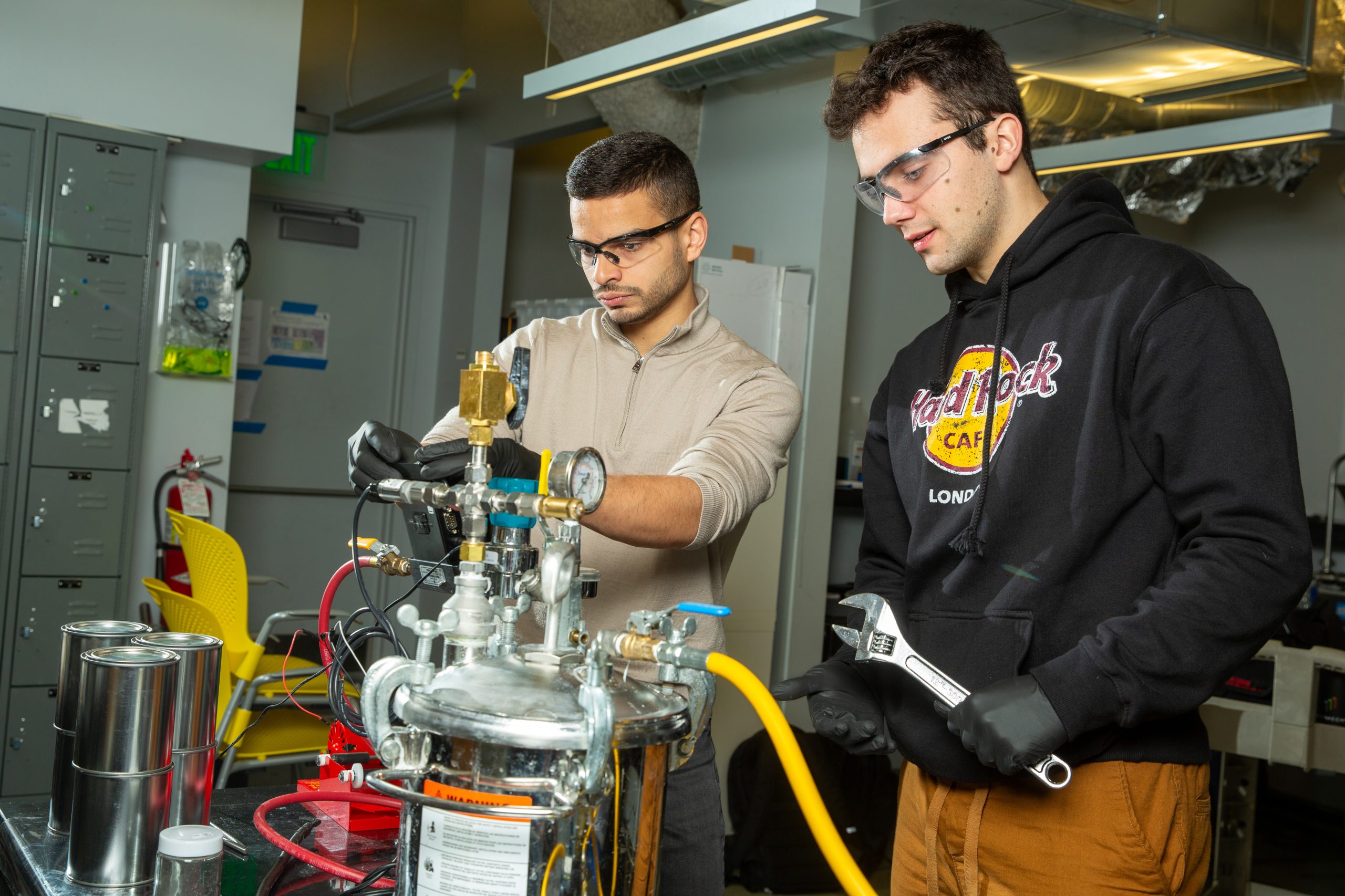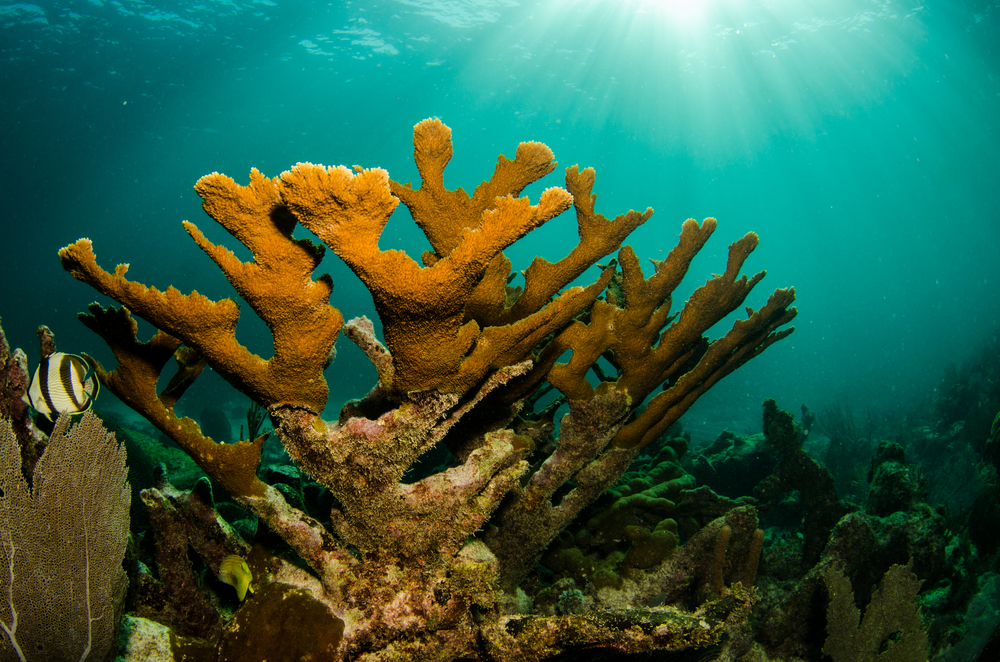Salamanders and zebrafish have something humans can only wish for: the ability of their heart muscle cells to regenerate on demand. While those animals can regrow their injured body parts, sufferers of heart attack are left to make do with a damaged organ. Scientists in Israel and Australia achieved a major breakthrough, uncovering the pathway to stimulate the division of heart muscle cells—a process that stops in human beings about one week after birth. The key agent is the hormone neuregulin, which successfully triggered the divisions of heart cells in mice. It is expected that research funding is quickly going to flock to that area, allowing humans to benefit from this discovery in about five years.

Growing a heart is becoming a possibility after medical research breakthrough
More of Today's Solutions
MIT engineers convert soda cans and seawater into zero-emission fuel
BY THE OPTIMIST DAILY EDITORIAL TEAM In a breakthrough for sustainable energy, MIT engineers developed a way to produce hydrogen fuel from ordinary elements ...
Read MoreResearch reveals that ADHD may have given us an evolutionary edge
In an unexpected twist, features formerly associated with Attention Deficit Hyperactivity Disorder (ADHD) are now being studied via an evolutionary lens. A new study ...
Read MoreThe science behind the top 2 personality traits people look for in romantic p...
In a world dominated by superficial characteristics, a recent study published in the Archives of Sexual Behavior offers a novel viewpoint on love preferences. ...
Read MoreMicrowave magic redefines lithium recovery in batteries
BY THE OPTIMIST DAILY EDITORIAL TEAM As the need for rechargeable technology—from smartphones to electric vehicles—increases, so does the demand for lithium. This rare ...
Read More










